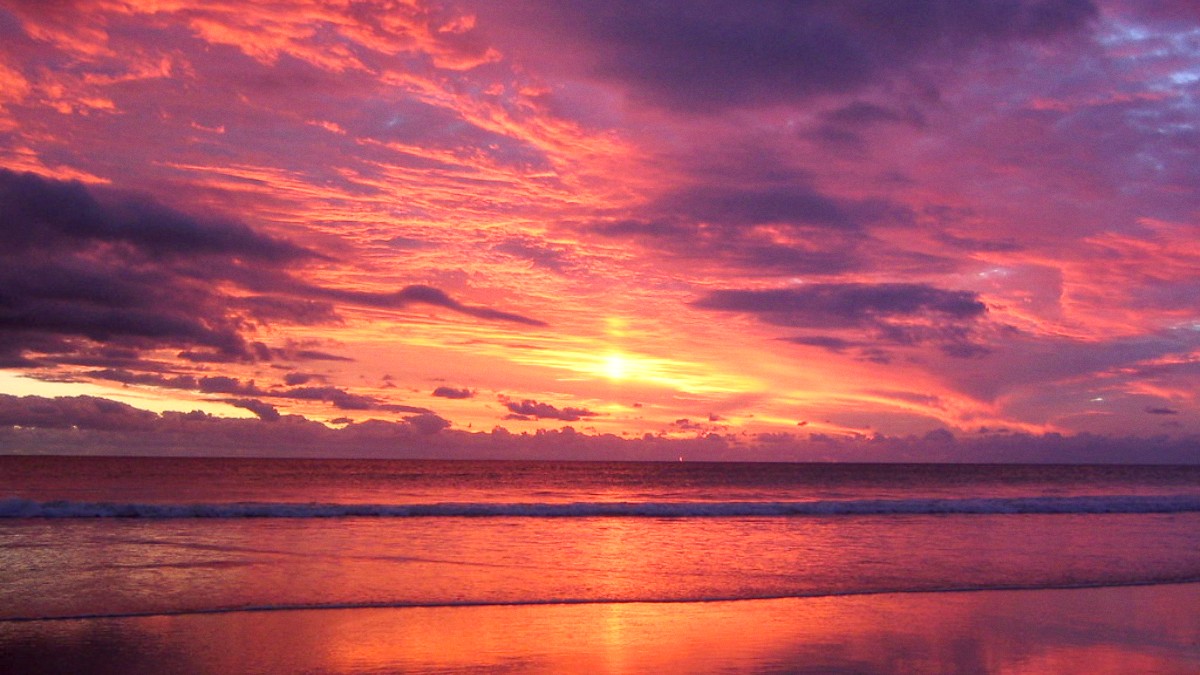
Western Australia, Australia
Broome's main public transport option offers a reliable way to access areas without the need for a private vehicle. The Broome Explorer Bus serves as the main public transit system. It offers a way to travel between major points of interest within Broome. The bus service is a privately operated system designed to cater to both locals and tourists, bringing a practical alternative to taxis or rental cars for many visitors.
The Broome Explorer Bus runs regular services connecting major points of interest: Broome Town Centre (Chinatown), Cable Beach, Gantheaume Point, Port of Broome, and Broome International Airport. Routes generally operate on a loop, making it easy to hop on and off at various attractions. Route maps are available at the Broome Visitor Centre, most accommodations, and on board the buses. The Broome Visitor Centre and the main stops in Chinatown and Cable Beach serve as important hubs for connections and information.
Connects landmarks like Chinatown, Cable Beach, and the Airport.
Multi-day passes offer good value for frequent travel around town.
Frequency varies by season, more often during peak dry season.
Readily available at a designated rank outside the Broome International Airport terminal, especially after flight arrivals.
For the bus station (a stop on a long-distance route), you may need to call a taxi.
For early morning flights or late-night arrivals, pre-book a taxi or arrange airport transfer through your accommodation.
You can access various rental options for independent exploration, including cars and bicycles.
The Broome Explorer Bus functions as a hop-on-hop-off service. Many tour operators offer bus-based day tours to local attractions and the Kimberley region.
Not for general transport within Broome. Mainly for specific tours (sunset cruises, whale watching, Horizontal Falls) where boat transfers occur.
Broome aims for accessibility, but infrastructure can pose challenges. Many tour operators strive to offer accessible options. Inquire directly when booking.
Driving in Broome and the wider Kimberley region presents unique considerations.
If exploring remote areas, carry sufficient water, food, and a spare tire.
Water, Food, Spare Tire
Inform someone of your itinerary when venturing into remote locations.
Inform a Contact
Mobile phone reception can be limited outside populated zones.
Plan for Offline
Broome's transport options cater to various travel styles and budgets. Whether you prefer the independence of a rental car, the convenience of a bus, or the active exploration of walking and cycling, you will find suitable ways to experience this captivating Western Australian town.
Combine it with walking for an economical approach.